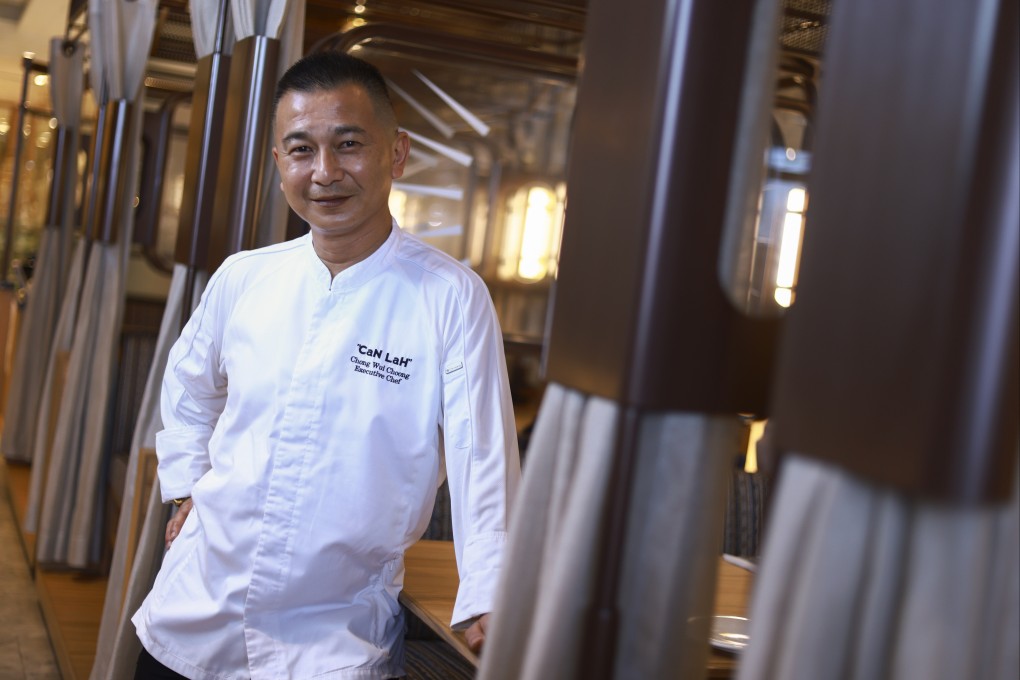Profile | Singapore chilli crab chef on young Hong Kong diners’ taste for spicy food, and why dishes need visual appeal – ‘The camera eats first’
- Francis Chong noticed Hong Kong diners, who once preferred ‘plain food’, now look for stronger and spicier flavours. That drew him to work in the city
- His main goal when creating a dish is to retain the traditional taste and then modernise it through beautiful presentation, he tells Bernice Chan

What was your childhood like? “I was born in Cambodia, the third of five children. My maternal grandmother had a small eatery and she would cook family-style dishes like Hakka deep-fried beef for us. I was very attached to her, and she doted on me because she made good food and I was always hungry.”
When did you start cooking? “By the time I was 11 years old I knew how to fry rice. After school I came home hungry and found leftover rice, added an egg and some vegetables, and stir-fried them together. When I was 16 years old, during school holidays, I worked in restaurants doing odd jobs.”
Why did you go to Singapore? “I was the naughty one in the family and my father was worried about me getting into trouble. When I was 18 years old, in 1980, I went to Singapore on my own to find a job. I only had about S$100 (US$74) to start with. The first day I arrived I bought a newspaper and went through the help-wanted ads and found a job at a seafood restaurant.
When you work in a restaurant you need to be hard-working, because only then will the chefs teach you more. I started from the bottom, doing everything like washing chickens, preparing the fish and chopping crab. I worked there for three years and during that time I went to each department to try and learn something. If you are a master chef you must be familiar with each section and be able to explain the basics of cooking and how to make it taste good. That is the only way you can succeed.

“One of my favourite foods is roast meats and I wanted to learn how to make it from a famous restaurant in Singapore. I even offered to work there for free for a month to learn. When I came to Hong Kong, I always ate roast goose because it wasn’t available in Singapore. I ate roast goose in Hong Kong every day. It’s so good here, but I ate so much I got fat.”
You worked at Singapore’s Long Beach Seafood Restaurant for 23 years. Why so long? “I got along with the owner so I was able to flourish and keep going. The signature dish there is the Singapore chilli crab, and it’s my speciality since I’ve cooked it for over two decades. We use red peppers from Sarawak, frying them and then grinding them into powder. To make it taste good takes a long time.
